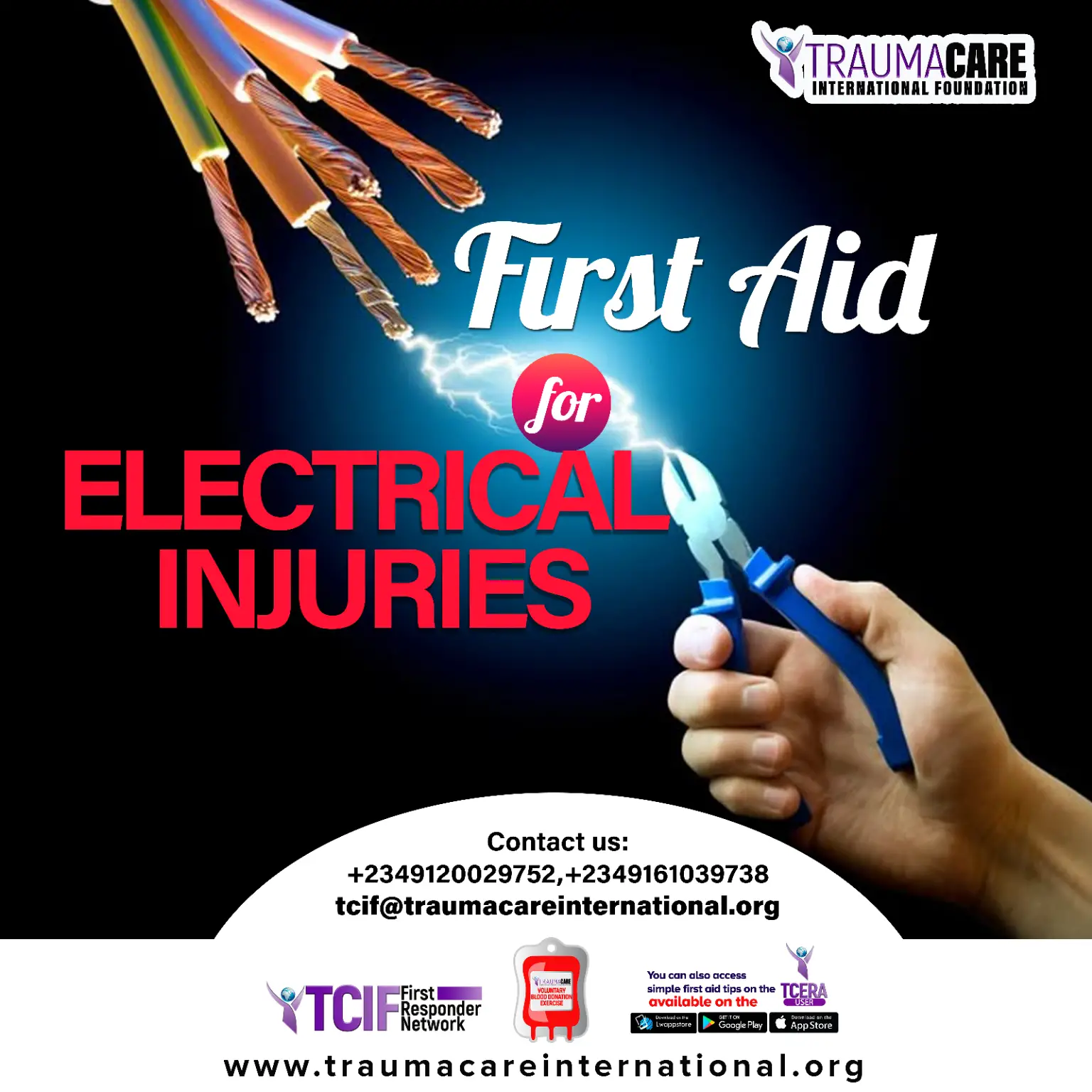Electrical injuries can range from minor shocks to life-threatening incidents involving burns, cardiac arrest, or severe tissue damage. Prompt and appropriate first aid is critical to minimize harm and improve outcomes. Below is a concise guide to providing first aid for electrical injuries:
1. Ensure Safety
- Do not touch the person if they are still in contact with the electrical source, as you could be shocked.
Turn off the power source at the circuit breaker, fuse box, or unplug the device if it is safe.
If you cannot turn off the power, use a non-conductive object (e.g., a dry wooden broom handle or plastic pole) to separate the person from the electrical source.
Ensure the area is safe (no exposed wires, water, or other hazards) before approaching.
2. Assess the Victim
Check responsiveness: Gently shake the person and ask if they are okay. If unresponsive, check for breathing and a pulse.
Call for help: Dial emergency services (e.g., 911 in the U.S.) immediately if the person is unresponsive, has severe burns, or shows signs of cardiac arrest.
3. Provide Immediate Care
If the person is not breathing or has no pulse:
If the person is breathing but injured:
4. Treat Burns and Wounds
Check for burns: Electrical injuries often cause entry and exit burns where the current entered and left the body.
Monitor for shock: Signs include pale, clammy skin, rapid pulse, or confusion. Keep the person warm, lying flat with legs slightly elevated (unless spinal injury is suspected), and reassure them.
5. Monitor and Seek Medical Attention
All electrical injuries require medical evaluation, even if the person seems fine, as internal injuries (e.g., heart rhythm disturbances or organ damage) may not be immediately apparent.
Stay with the person until help arrives, monitoring their breathing, pulse, and level of consciousness.
Provide emergency responders with details about the incident (e.g., voltage, duration of contact).
Key Precautions
Do not apply water to electrical burns if the power source is still active.
Do not remove dead skin or debris from severe burns.
Do not give the person food or drink, especially if they are in shock or unconscious.
Avoid direct contact with the person until the electrical source is disconnected.
Prevention Tips
Avoid using electrical devices near water.
Use insulated tools and wear protective gear when working with electricity.
Ensure electrical systems are properly maintained and avoid overloading circuits.





What do you think?
0 Responses
To Comment, you must Sign In
Be the First to Post on this Topic